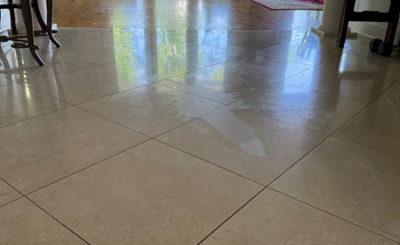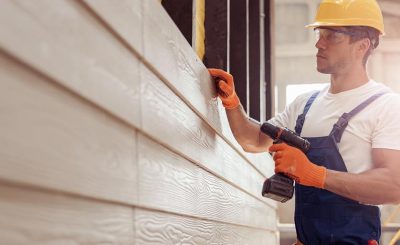Introduction: Beauty Meets Durability Outdoors
Outdoor spaces are no longer just extensions of our homes — they’ve become gathering places for relaxation, entertainment, and design expression. Whether it’s a patio, balcony, pool deck, or garden walkway, the right flooring can transform any open area into an elegant and functional retreat.
Among the many flooring options available, ceramic tiles stand out for their versatility, beauty, and affordability. However, not all ceramic tiles are suitable for outdoor use. To ensure your space not only looks stunning but also withstands the elements, it’s important to know how to select the best ones.
1. Understanding Outdoor Conditions
Before choosing tiles, consider the environmental factors your outdoor space will face. Outdoor flooring is exposed to sunlight, rain, frost, temperature changes, and foot traffic — all of which can affect durability and safety.
That’s why the tiles you select should be designed specifically for exterior applications, with properties that resist wear, moisture, and fading. Indoor ceramic tiles might look similar but typically lack the weatherproof qualities needed for open environments.
2. The Importance of Durability and Hardness
Durability is the foundation of outdoor tile performance. The PEI rating (Porcelain Enamel Institute) measures a tile’s resistance to abrasion — and for outdoor use, it’s best to choose tiles with a PEI rating of 4 or 5.
Additionally, look for frost-resistant tiles if you live in colder regions, since moisture absorption followed by freezing can cause cracking. Tiles with a low water absorption rate (below 3%) are ideal for outdoor installation.
3. Slip Resistance: Safety Comes First
Outdoor surfaces must be slip-resistant, especially in areas that may get wet, such as pool decks or patios. Check the COF (Coefficient of Friction) rating — the higher the value, the better the grip.
A matte or textured finish not only enhances traction but also gives the tiles a more natural and sophisticated appearance. Avoid glossy finishes outdoors, as they become slippery when wet and can cause accidents.
4. Choosing the Right Size and Design
Outdoor design is as much about aesthetics as functionality. Larger tiles create a modern, seamless look for patios and terraces, while smaller tiles or mosaics work beautifully for intricate pathways or garden borders.
When choosing designs, consider earthy tones, stone-like finishes, or wood-effect ceramics that blend harmoniously with nature. Neutral hues also hide dirt and wear better than bright or polished colors, maintaining their charm over time.
5. Material Quality and Weather Resistance
Not all ceramic tiles are created equal. High-quality ceramics are fired at higher temperatures, making them denser, harder, and more resistant to water absorption. For areas with heavy exposure to sun or rain, opt for UV-resistant tiles that prevent fading and discoloration.
Manufacturers specializing in exterior-grade tiles often provide technical details like impact resistance, water absorption rate, and frost tolerance — all of which are critical when comparing options.
6. Installation Matters: Get It Done Right
Even the best tiles can fail if not installed properly. Outdoor tile installation requires a solid base, correct adhesives, and weatherproof grout to prevent moisture seepage. It’s recommended to use a cement-based adhesive and epoxy grout for maximum durability.
A slight slope should also be maintained for water drainage, preventing water accumulation that could lead to cracks or surface erosion over time.
7. Maintenance and Longevity
Outdoor tiles are designed to be low maintenance, but they still require regular cleaning to retain their appearance. A simple wash with mild detergent and water usually keeps them looking fresh.
Avoid using harsh chemicals or acidic cleaners that could erode the surface glaze. With proper care, outdoor ceramic tiles can last for decades without losing their structural or aesthetic appeal — making them a wise long-term investment for homeowners.
8. Conclusion: Combine Style, Safety, and Strength
Selecting the best ceramic tiles for outdoor use is about balancing beauty with performance. Durability, slip resistance, design, and proper installation are all key factors that determine how well your tiles will hold up over time.
By choosing high-quality, weatherproof ceramic tiles that suit your climate and design goals, you can create an outdoor space that’s not only visually appealing but also safe, practical, and built to last.








